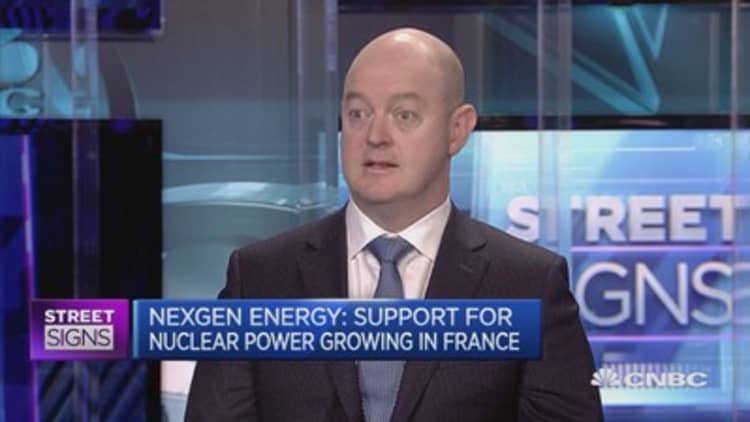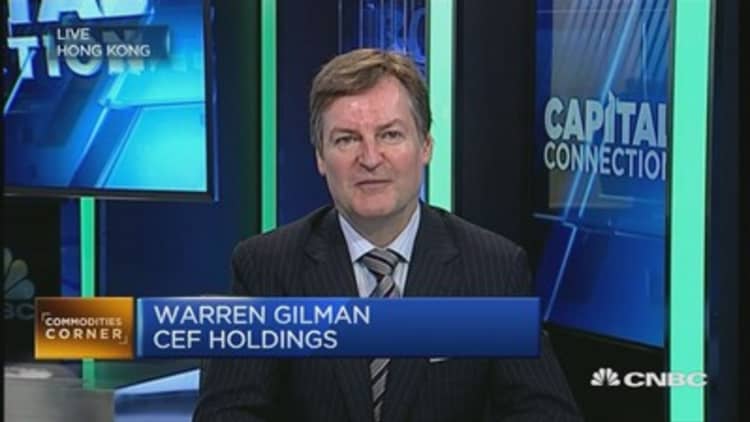
A resurgence in interest for nuclear energy and a sharp reduction in supply is putting a glow on the uranium market, with prices surging 30 percent this-year-to-date.
Benchmark uranium futures on the New York Mercantile Exchange are trading around $27 per pound, with prices getting a boost after top supplier Khazakhstan shocked the market on Jan. 10 when state-owned Kazatomprom announced a 10 percent production cut. All of Kazakhstan's uranium output is produced by the company.
Kazakhstan supplies 40 percent of the world's uranium supply, so any output cuts will have an outsized impact on the market, said Warren Gilman, CEO of CEF Holdings, a Hong Kong-based investment company. Almost all of the world's mined uranium is used for nuclear power generation.
In the company's announcement last month, Kazatomprom chairman Askar Zhumagaliyev said the company will cut 10 percent of its output this year, an amount equivalent to 3 percent of global production. The decision stems from an oversupply that contributed to a sustained crash in prices that saw prices slump to a 12-year low last December.

Kazatomprom's troubles came after years of expanding supplies from 2011—the year of Japan's Fukushima Daiichi Nuclear Power Plant disaster, when a powerful earthquake and tsunami caused a meltdown and radiation leaks. The accident prompted plant shutdowns in Japan and re-examination of nuclear safety and policies in many other countries, slashing uranium demand.
There's been a recent uptick in interest however, notably from emerging markets like China, India and Southeast Asia.
"You have a very good long-term indicator of what demand is going to be; what is the volatility in the recipe is the supply," said CEF's Gilman.

"You've got a very focused supply of uranium in a country which has significant sovereign risks surrounding it," added Leigh Curyer, the CEO of NexGen Energy, a uranium exploration company.
"(Nuclear power) is undergoing quite a resurgence. A lot of countries are recognizing that nuclear power is the baseload supply of electricity that is emissions-free," he added.
This is particularly in China where air pollution from coal-powered plants have become a social and political issue.
There are some 61 nuclear plants being built globally with another 150 being planned, so the demand outlook for uranium is much stronger than that for other fossil fuels, said Mark Jolley, equity strategist at CCB International Securities.
Macquarie Bank was more circumspect on the current rally, noting that the jump was from a low base as prices tanked to a 12-year low of $18 per pound low in November, with the run-up lagging gains in the energy complex.
"Uranium pricing is currently trading 50 percent of where it was 40 years ago in nominal terms – never mind adjusting for inflation. There is no other commodity for which this is true. Essentially, this has put uranium in the situation where many peer commodities were at this time last year, trading too far into the cost curve for pricing to be sustainable," analysts wrote in a report on Jan. 20.
Even so, the Australian bank was upbeat on the outlook on confidence in the U.S., the world's largest uranium consumer.
"With the closure of a large number of nuclear power plants announced earlier in 2016 on economic grounds, legislative actions in New York and Illinois keeping some of these open will provide both more optimism and spot market demand into 2017," Macquarie analysts wrote.

